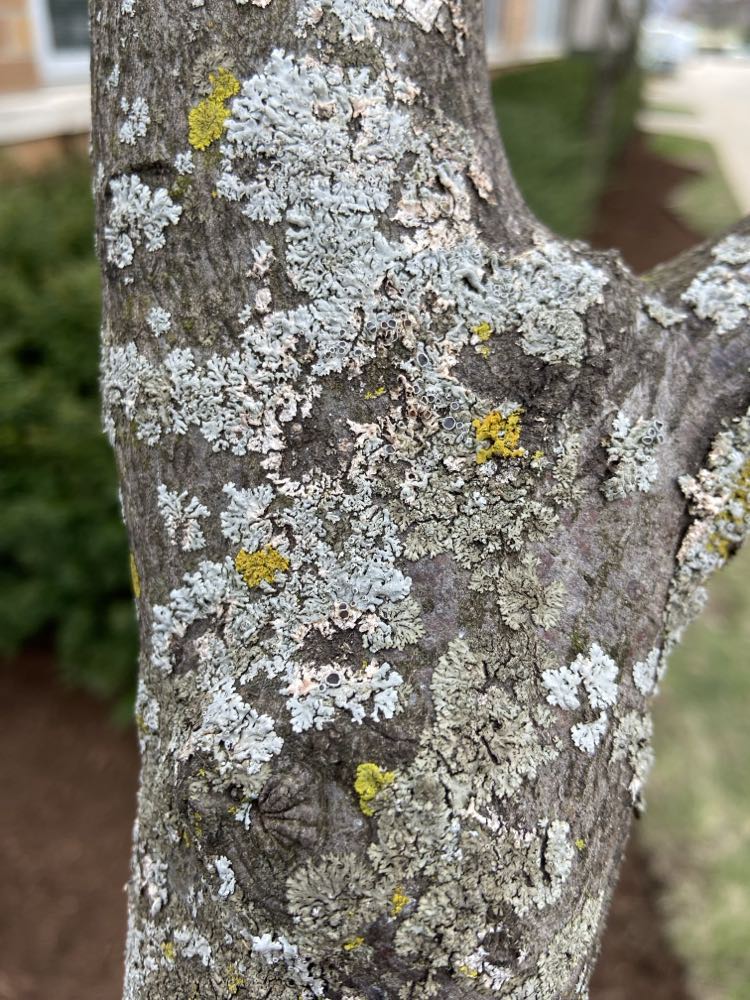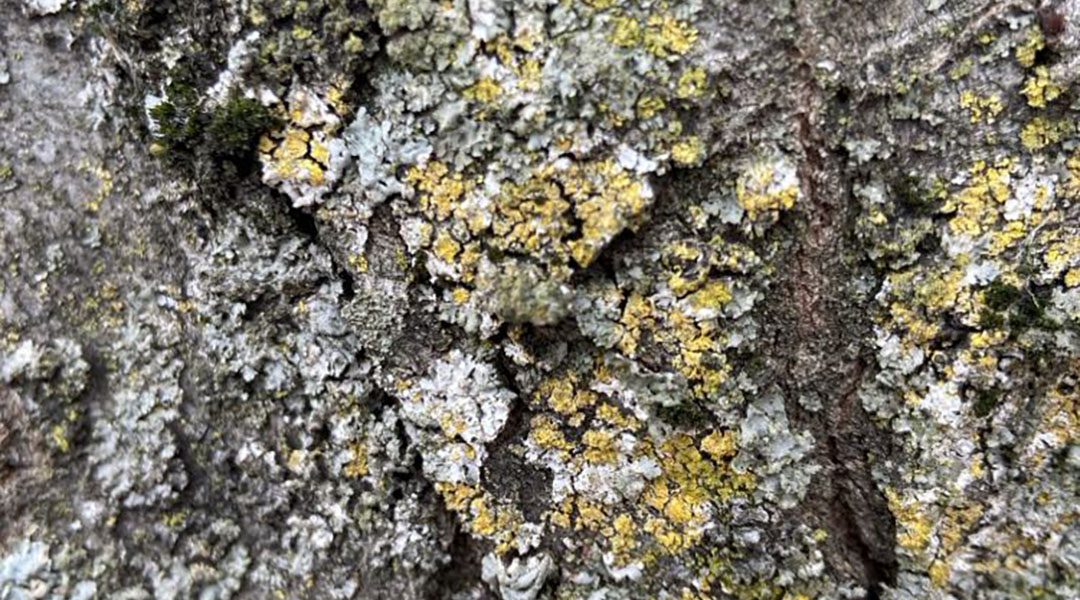If you’ve noticed crusty, leafy, or even beard-like growths on your trees and shrubs, you might have wondered if they’re harmful — perhaps a type of fungus or mold. The good news? These curious growths, known as lichens, are not harmful to your trees. In fact, they’re a fascinating and entirely natural part of the ecosystem, and understanding them can help you better care for your garden and landscape.
Lichens Are Not Fungi or Mold
Although they may resemble fungi at first glance, lichens are not fungi, mold, or a disease. Instead, a lichen is a symbiotic partnership between a fungus and a photosynthetic organism — usually a green alga or a cyanobacterium. Sometimes, both are present. These two (or sometimes three) organisms work together to form what we see as a single growth.
- The fungus provides the structure and holds moisture.
- The photosynthetic partner (alga or cyanobacterium) produces food via photosynthesis.
This partnership allows lichens to live in all kinds of places, including your tree bark. But here’s the key point: lichens do not feed on or harm trees. They use the bark only as a surface to grow on — not as a food source.
Common Misconceptions About Lichens
At our nursery, one of the most common questions we hear is: “Is that a fungus hurting my tree?” It’s a fair question — lichens can look unusual, and many people associate them with decay or disease. But lichens:
- Do not penetrate the bark
- Do not take nutrients from the tree
- Do not cause decay
They are not parasitic, and their presence is not a sign that your tree is sick. In fact, they often grow on healthy trees, especially older ones with textured bark and good air circulation.
What Do Lichens Look Like?
Lichens come in many shapes and colors. You might see:
- Crusty patches (crustose lichens)
- Leafy, lobed structures (foliose lichens)
- Hair-like or bushy growths (fruticose lichens)
They can be green, gray, yellow, blue, or even orange. This variety often leads to confusion with mold or mildew, but unlike those, lichens are not a sign of moisture problems or decay.

Why Do Lichens Grow on Trees?
Lichens grow where conditions are right — and that usually means a stable surface with enough light and moisture. Trees, especially those with rough bark and plenty of sunlight on their trunks and branches, provide ideal real estate. Factors that promote lichen growth include:
- Clean air (lichens are sensitive to pollution)
- Stable, undisturbed bark
- Good light exposure
Ironically, the presence of lichens can be a sign of a healthy environment!
Are Lichens a Problem for My Garden?
No — in almost every case, lichens are harmless. They don’t affect the tree’s growth, bark, or leaves. However, they may become more noticeable if a tree is already under stress or in decline (for example, losing leaves or bark). In these cases, lichens might appear to spread more quickly simply because they have less competition for light and space — but they are not the cause of the problem.
If you’re concerned about your tree’s health, it’s a good idea to have it evaluated by an arborist or horticulturist. But rest assured: lichens alone are not a reason to worry.
Should I Remove Lichens?
Generally, there’s no need to remove lichens from your trees. They don’t harm the bark or hinder growth. Attempting to scrub or scrape them off can damage the tree’s protective outer layer. If lichens bother you for aesthetic reasons, you can try these gentle approaches:
- Improve sunlight and airflow: Pruning nearby branches or thinning a canopy can reduce lichen growth by altering their preferred conditions.
- Avoid unnecessary chemical sprays: Lichens are sensitive, and chemicals can do more harm than good.
But overall, we recommend leaving them be. They’re part of a healthy, living landscape.

A Natural Wonder in Your Backyard
Beyond being harmless, lichens are actually incredible organisms. They are some of the oldest and toughest life forms on Earth, capable of surviving in extreme environments — from mountaintops and deserts to city sidewalks. They:
- Contribute to soil formation by slowly breaking down rock
- Support biodiversity by offering habitat for small creatures
- Help monitor air quality, since they absorb nutrients directly from the atmosphere
Scientists even study lichens for insights into environmental changes, climate shifts, and more. Having them on your trees can be a sign that your local ecosystem is thriving.
Final Thoughts: Appreciate, Don’t Panic
At our plant nursery, we believe in celebrating the many small wonders that nature brings to our gardens — and lichens are one of them. They may look unfamiliar or even worrisome at first, but now you know: lichens are not mold, not fungi, and not a threat to your trees.
Instead, they’re an example of how life finds a way to flourish in partnership. So the next time you spot a patch of lichen on your favorite tree, take a moment to appreciate this little marvel of nature. It’s been there quietly doing its thing — enriching your garden’s biodiversity, and asking nothing in return.
Have questions about your trees, shrubs, or anything else growing in your yard? Feel free to stop by or contact us — we’re always happy to help you grow with confidence!


